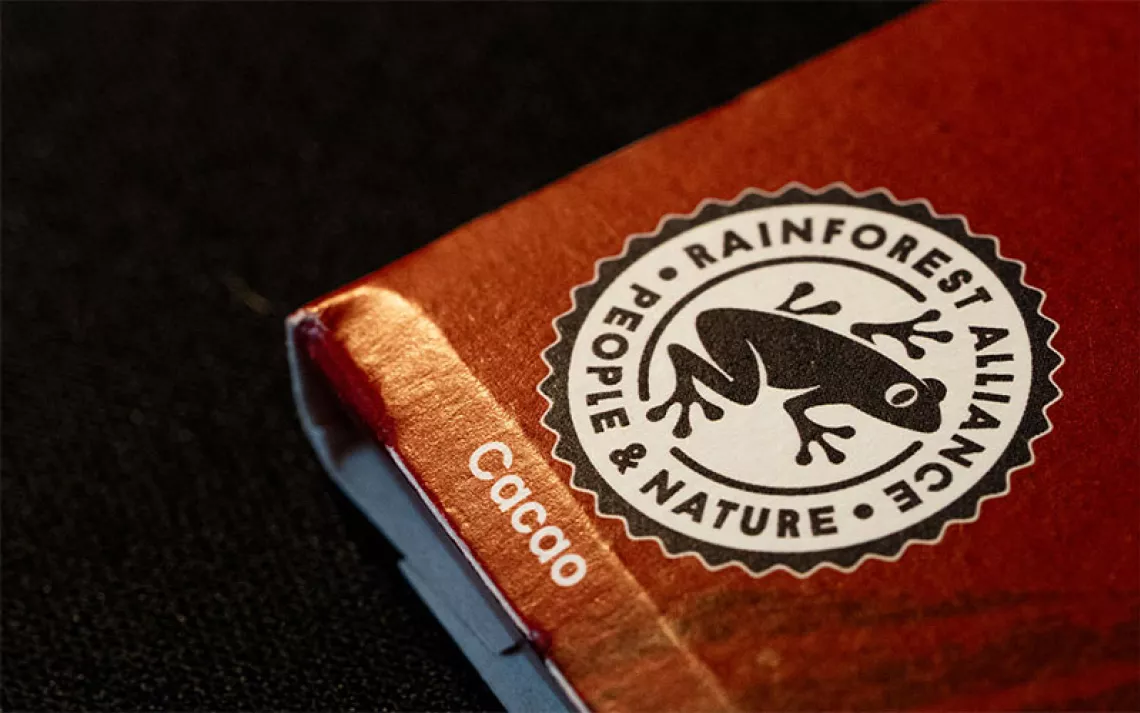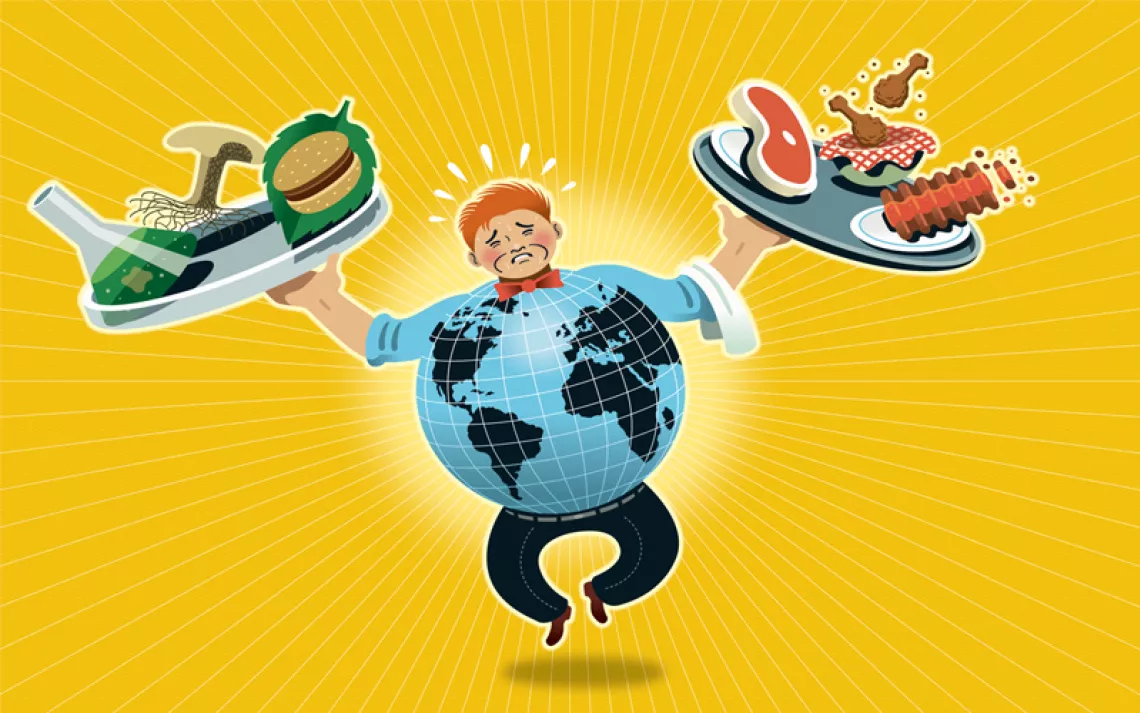ENVIRONMENT EXPLAINED
How to Make Great Pancakes in the Backcountry
Because nothing tastes better than al fresco flapjacks on a chilly morning

Photos courtesy of Conor Mihell
For years, I avoided making pancakes on backcountry trips. I work as a sea kayak and canoe guide in the Great Lakes region, and the prospect of cooking one flapjack at a time in an undersized frying pan over a red-hot single-burner camp stove to feed a group seemed like way too much effort. I love pancakes, but after a few bad experiences involving scorched pans and delayed departures, I avoided them even on personal trips with my wife or friends.

The longer you guide, however, the more you come to recognize the fountain of knowledge to be gleaned from your guests. Thanks to Jerry (right), a long-time trip companion from Wisconsin, I discovered that with good timing, the right equipment, and a few simple cooking skills, pancakes have a rightful place on a wilderness menu. Here are some pancake pointers.
Seize the day: Recognize that unless you’re on a raft trip with the benefit of a big stove and griddle, pancakes will be a time-consuming production. That’s no problem if you make them on days when you’re not in a rush to move (and have plenty of stove fuel). Jerry taught me to take advantage of rest days and lazy mornings to have everyone come together as a group and enjoy one another’s company, eating pancakes one at a time. And since alpine starts are de rigeur while sea kayaking on Lake Superior, we often do pancakes for dinner.
Choose the right equipment: Jerry favors an MSR Windpro stove, which offers outstanding flame control, and a Primus Litech 10-inch nonstick frypan. Lately, I’ve had good luck making pancakes over an open fire in a Paderno carbon skillet on a Purcell Trench grill. Choosing a gas stove or a cook fire depends on environmental factors; regardless, the key is greasing the pan and cooking over low heat—more on that soon. You’ll also need a spatula, ideally with a flexible blade.
Mix your batter: Jerry makes great pancakes with cheap supermarket just-add-water mixes. For something equally easy but more upscale and nutritious, I like Kodiak Cakes’ Power Cakes, which are based on a traditional flapjack recipe and pack 14 grams of protein per serving. Or modify your favorite from-scratch recipe with powdered eggs and milk; mix it at home before setting out. Whichever you choose, allowing the batter to sit for at least 15 minutes prior to cooking makes for fluffier cakes. Fresh wild berries are a nice campsite addition—just add a handful to each cake after you pour the batter in the pan.
Preparing the pan: Gradually warm your frypan over moderate heat; it’s ready for grease when a splash of water sizzles. Butter is best, but vegetable oil also works. Be generous starting out, and keep adding small pats of butter or dollops of oil to the pan before each pancake. Once the grease has melted, turn down the heat on your stove or scrape the coals to one side of your fire pit, and add a ladle of pancake batter to the pan. Start small—a four- to six-inch cake is best. Jerry preaches patience: Resist the urge to make Uncle Buck–size cakes, and don’t bother trying to cook more than one at a time in a nine- or 10-inch pan.
Mastering the flip: When small bubbles cover the entire surface of the pancake, Jerry says, it’s time to flip. Here’s where the rounded edges of a good flapjack pan and a flexible spatula prove their worth. Hold the pan securely with one hand, and with the other, slide the spatula down the sidewall of the pan and underneath the pancake, applying steady pressure against the pan. Don’t hesitate; once the spatula blade disappears, assertively flip the cake in one fluid motion.
Serving suggestions: Real maple syrup is the obvious choice for a topping. It keeps well without refrigeration in all but the hottest weather. For meat-eaters, visit your local butcher and pack a few slices of double-smoked bacon (get it vacuum-sealed, freeze it beforehand, keep it insulated in your pack and it will travel several days). Sliced fresh citrus fruits or pineapple keep well and go nice on the side. For more on wilderness menu planning, check out Sierra’s guide to selecting and packing food for backcountry adventures.
 The Magazine of The Sierra Club
The Magazine of The Sierra Club



